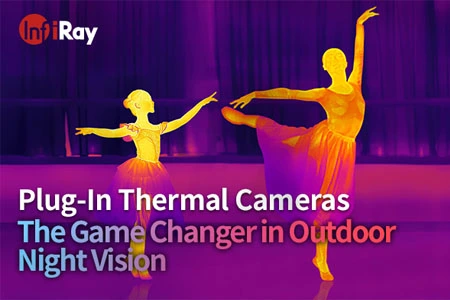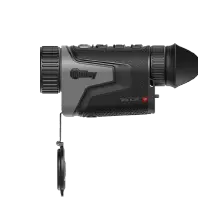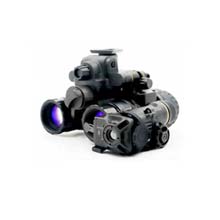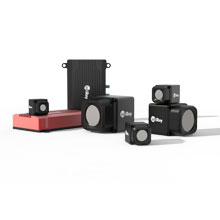Do you know how infrared detectors work?
Infrared detectors employ modern technologies for detecting spectral regions that are not visible to the eyes. They are used for thermal imaging in many fields, including buildings, public services, and science. While most detectors can emit and receive infrared waves in the form of heat, some can only receive infrared waves.
Infrared detectors, which are usually also used as emitters, are pyroelectric sensors that detect the infrared wavelength of the spectrum. They are essentially the same devices made of phototransistors, photodiodes, or photoresistors. They can be used for various purposes and are essential for infrared light transmission.
I. Advantages of Infrared Detectors
Infrared detectors are capable of detecting objects in a large area. With features such as real-time running and movement capture, they are helpful in various situations, for example, the fire department can use them to assist firefighters to see objects clearly in dense smoke.

Infrared detectors can receive infrared light emitted from living and non-living bodies, which is vital for many applications.
Except for detecting infrared light at a distance in a large area, infrared detectors detect movements. Moreover, they allow people to see things that other devices cannot detect, such as underground leaking pipes. All these make them ideal for safety purposes.
II. How Do Infrared Detectors Work?
Made of pyroelectric materials, infrared detectors are designed for different purposes. Both natural and artificial pyroelectric materials will generate voltages when heated or cooled. Most infrared detectors are equipped with parabolic mirrors or Fresnel lenses to detect infrared waves in the entire room or area. When infrared waves in different areas reach the sensor, the sensor will generate different voltages for different waves. For this characteristic, infrared detectors can be used to trigger alarms or activate other types of systems.
III. Use of Infrared Detectors
Infrared detectors can be used in any scenario requiring thermal energy detection, thus having a wide application range. They are often used in conjunction with infrared emitters to transmit infrared light. As motion detectors, they can be used to open doors, track objects, or activate specific systems based on thermal energy emitted by people, animals, and moving objects. Infrared detectors have been employed by a variety of important devices in lots of sectors, such as night vision, military missile tracking, medical imaging, industrial defect imaging, environmental sensing, and exoplanet exploration.
Infrared radiation is generally divided into short-wave infrared (SWIR) (0.8um to 3um), medium-wave infrared (MWIR) (3um to 5um), and long-wave infrared (LWIR) (8um to 12um). MWIR and LWIR are important for free-space communications and astronomy because of the high transparency of the atmosphere and no significant loss of transmission at these bands. In addition, widespread use of MWIR and LWIR thermal module can also be found in military night vision and missile tracking. Infrared detection is a non-contact and non-destructive method. Therefore, infrared detectors are widely used in industry, such as fault detection of electronic circuits.

















